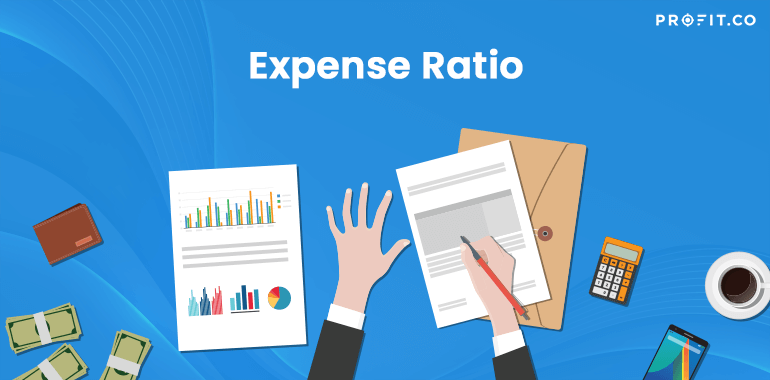Have you heard the term “expense ratio”, but it confused you? In that case, you’ve come to the right place, because you’re going to find out more about it.
It is basically an efficiency ratio, and it calculates the expenses for management as a percentage of total funds that are invested in a mutual fund. So, it estimates your investment’s percentage in the fund that goes into paying the management fees. It does so by comparing the total assets in the fund with the mutual fund management fees.
Do you want to find out more about them, and how you can calculate an expense ratio? Read this article to find out!
Analyzing Expense Ratio
A high expense ratio practically estimates how efficient the management of a fund is. It’s basically like an expense to asset comparison. If the ratio is higher, it shows that there are more funds obtained in order to manage a number of assets.
On the other hand, if the ratio is lower, it shows that fewer expenses are needed to determine the same amount of assets. Therefore, management is doing a better job at operating the fund.
There are ways in which the expense ratio can be lowered. This could happen either through decreased expenses or increased revenues. Usually, a lower percentage is preferred compared to a higher one. However, it’s not always a rule – there is no standard percentage across industries when it comes to this.
Larger funds usually have different price structures compared to smaller ones. Moreover, different investment industries require professionals that are more qualified. Because of these things, it’s difficult to measure a standard percentage.
Expense Ratio Example
So, let’s imagine the following situation. You have invested $100,000 in a mutual fund that has a total investment of $1,000,000. The total of the expenses to operate the fund at the end of the year is $40,000.
The percentage of total assets that must be paid off in order to run the fund would be 4% in this case. Additionally, you would have to pay $4,000 for your share of the operating expenses. So, you don’t lose money on your investment if the fund earned at least 4% for the year.
Bear in mind, though, that the share of costs of $4,000 does not include any loads, commissions or trading activities. It’s only your share of the management price to run and operate the capital for the year.
Expense Ratio Formula
You can calculate the expense ratio formula by dividing the capital’s operating expenses by the average value of its assets.
The formula goes like this:
So, the operating expenses are the only ones used in this formula. The sales commissions and loads are kept out. These costs are not related to running the capital daily. They are, actually, one-time posts that are paid when the fund is invested in by an investor, or the investor sells his/her assets in the fund.
The formula doesn’t include trading activities either.
Hopefully, this article helped you understand how to calculate an expense ratio and how important it is for your business. If you have any other questions, don’t hesitate to contact us!
